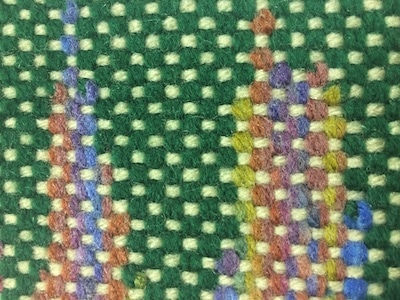
When you write a series, you hope your readers will start the journey as you did — with the first book. That may not always be the case. Readers may pick up a book midway through the series or find one out of sequence that grabs their attention. As a writer, it’s your challenge to ensure that any book in a series is a satisfying, engaging experience.
Stand Alone
This may seem contradictory to the concept of a series, but each book must stand on its own, two feet. Sure, readers in mid-series will miss a lot of what happened before, but you can’t bring all of that forward (Hopefully they’ll be inspired to go back and start at the beginning!) However, they’ll need to have enough backstory to get firm footing in that one, individual book. If it’s not there, they’ll get confused, frustrated, and set your book aside.
Bits of Subtlety
Informational lists are handy but not entertaining. Weave backstory in as part of a conversation, a physical description, or a particular place, date, or time. “Her mind alerted her to the trauma she’d endured the last time she was in the glade.” Now you have the perfect opening to provide some details the reader needs without knocking them over the head with them. “He had the telltale, mis-matched eyes of his biological father, not the one who raised him.” What about the eyes? Who is the real father? What happened to him? Now you’ve piqued the interest of your reader. The subtle bits you weave not only help your reader with the current book they’re reading, it can also inspire them to go back and learn more about your characters and their relationships in the earlier books.
Mental Reminders
Backstory can help readers remember characters and details from previous books. The main characters will be memorable, but you may want to mention that scar on Lennox’s left cheek to remind them of that character’s physical trait. Secondary characters might need more of a mention from one book to the next. After all, they are secondary, there are more of them, and they may not be around as often. Gavin is the groom, Sorcha is the healer, and Lyle is the nasty guy. You don’t need to define them, just show the reader what they’re doing and that will be enough to spark their memory. “Gavin emerged from the stable with a set of reins in his hand.” Ah! Now I remember who he is!
Weaving backstory into your books is not easy. It takes a light touch with the right information to familiarize new readers while gently jogging the memories of those familiar with the story. When you get it right, it will flow effortlessly to your readers, whoever they may be.

Mark H. Newhouse
Great points. I found that a real issue when I was working on the sequel to The Devil’s Bookkeepers 1: The Noose. It takes place in the Lodz ghetto my parents miraculously survived, so I needed to bring readers who hadn’t read book 1 into that setting and plot without info dumping, especially when I entered Book 2 and 3 into RPLA. I wanted the books to stand alone but the setting was critical. One bit of advice is to try it on your writing group and see if they ‘get it’ without too much back story. It was their help that helped Book 1 so much. Thank you for this very helpful article.